Why Korea Has Two Address Systems and How to Actually Use Them
Last Updated on April 5, 2025
Living in Korea as a foreigner can be amazing, until you need to send a letter, fill out your address on a form, or explain to a delivery person where you live. That’s when things get confusing fast. Why do you have two addresses? Why are there three numbers in one address line? And why does the street change names without warning? Living in a foreign country comes with a lot of new things to learn and the address system in Korea, is one of those things to learn if you’ll be living here.
Here’s your no-fluff, updated guide to understanding Korean addresses: the two systems, how to read them, how to write them, and how not to lose your package.
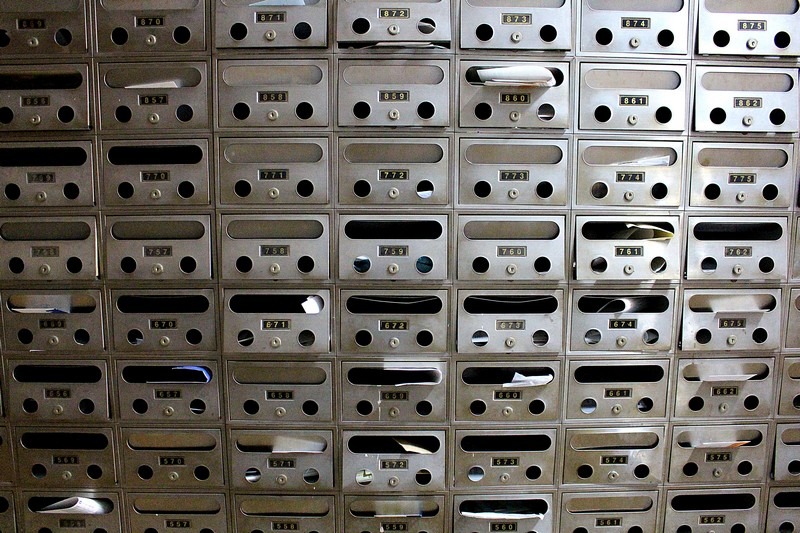
Get ready to learn about the two address system in Korea and which address to use when:
- The Two Korean Address Systems Explained
- How to Write and Read a Korean Address (Step-by-Step)
- Example Addresses
- Helpful Vocabulary for Mailing in Korea
- Common Korea Address Vocabulary
- Bonus: Survival Phrases for Mail and Navigation
- Tips for Navigating Addresses in Real Life
(This post contains affiliate links, which means I receive a certain percentage of a sale if you purchase after clicking at no cost to you. Thank you for your support.)
The Two Korean Address Systems Explained
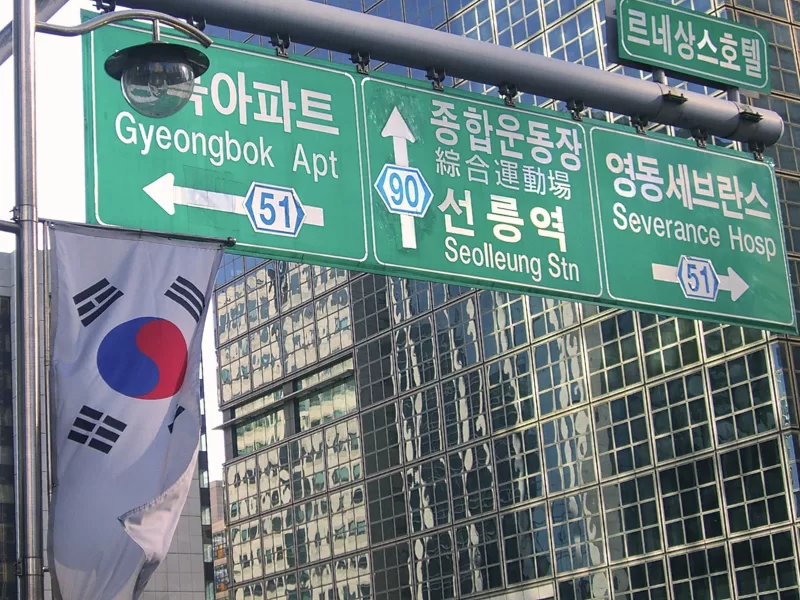
1. The Old System – Land-Lot Based (지번주소, Jibeon Juso)
Used until 2013, the old system is still around on documents, contracts, and real estate listings. So, it’s not really the old system, because it’s still utilized, which is important to know. It’s based on land lot numbers, not streets. That’s why house numbers often seem out of order.
You can have house number 25 next to 46 and you can have 25-1, 25-2, 25-3 on one street but only one 30. The dashes to the numbers were added when say one plot was divided into three plots, or sold off in parts
Old address structure:
- Province (도, do)
- City (시, si) / Special City (특별시, teukbyeolsi) / Metro City (광역시, gwangyeoksi)
- District (구, gu)
- Neighborhood (동, dong)
- Block Number (번지, beonji) + Building Number (호, ho)
Example: Seoul, Jongno-gu, Naesu-dong 199-beonji 1-ho (서울특별시 종로구 내수동 199번지 1호)
➡️ Why it’s confusing: Houses were numbered in the order they were built, not where they sit on the street. Confusing or not, you’ll still want to know your address in this system.
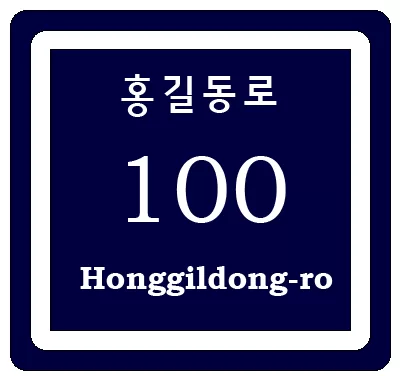
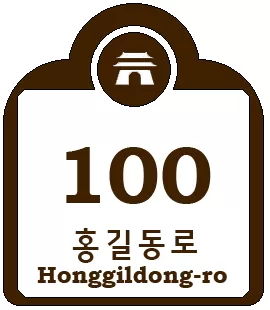
2. The New System – Street-Based (도로명주소, Doromyeong Juso or 새주소, Saejuso)
Launched in 2014, the newer system aligns with international formats. It uses street names and building numbers, which is meant to make navigation easier and more intuitive. Depending on their width, roads were labeled gil (길) for street, ro (로) for avenue and daero (대로) for boulevard.
New address structure:
- Country (대한민국, Republic of Korea)
- City (e.g., 서울특별시)
- District (e.g., 강남구)
- Street name + type:
- Daero (대로): 8+ lanes, big roads
- Ro (로): 2–7 lanes
- Gil (길): Small streets, usually one lane
- Street number
- Building number (동, dong)
- Floor (층, cheung)
- Apartment number (호, ho)
- Recipient name
- Postal code (우편번호, 5-digit)
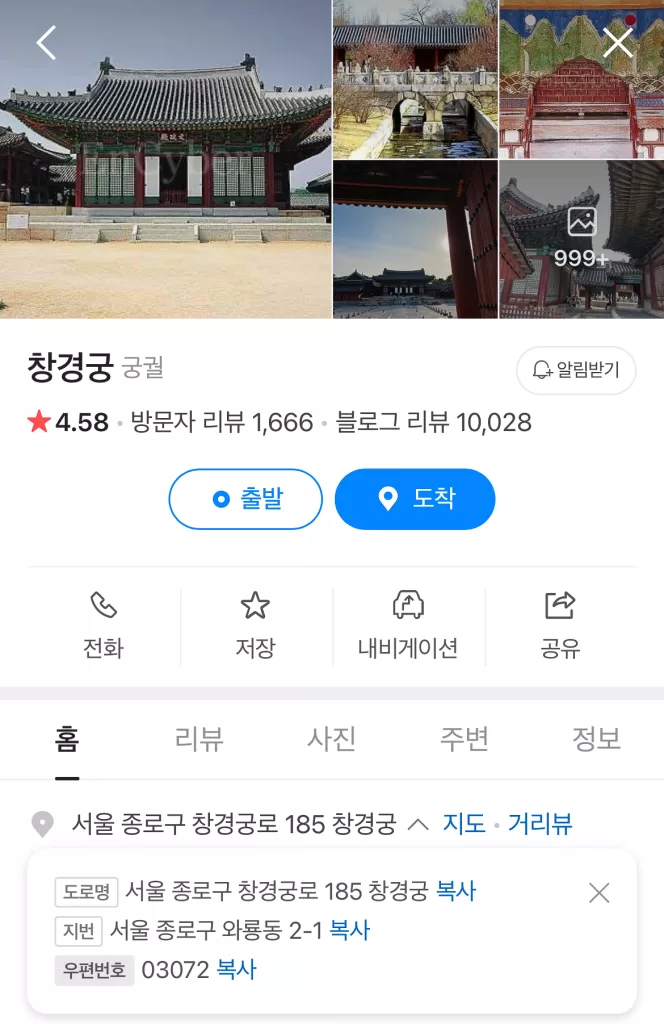

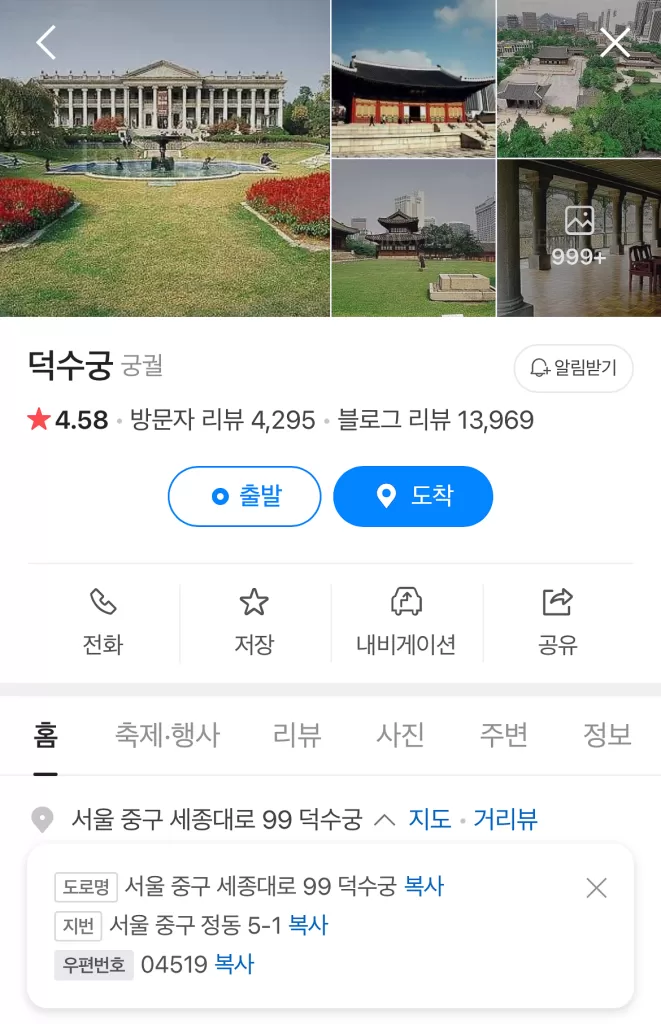
If you use Naver Maps, where it lists the address, it shows both addresses.
Example: Republic of Korea, Seoul, Gangnam-gu, Seolleung-ro 190-gil 114, 6F, Apt 33 (대한민국, 서울특별시 강남구 선릉로190길 114 6층 33호)
➡️ Why it’s better: Logical street names + GPS-friendly structure = much easier navigation and mail delivery.
Understanding Address Order (Korean vs. International)
- Korean format: Starts from general → specific
Country → City → District → Street → Building → Unit → Name → Postal Code - International format (transliterated): Specific → general
Apartment → Building → Street → District → City → Country → Zip Code
Example: 306-ho, 15-1, Achasan-ro 7-gil, Seongdong-gu, Seoul, South Korea
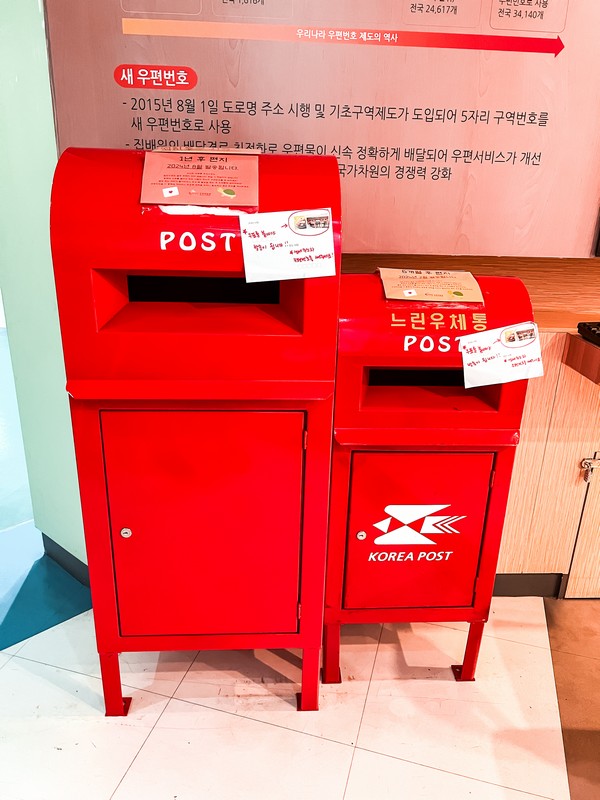
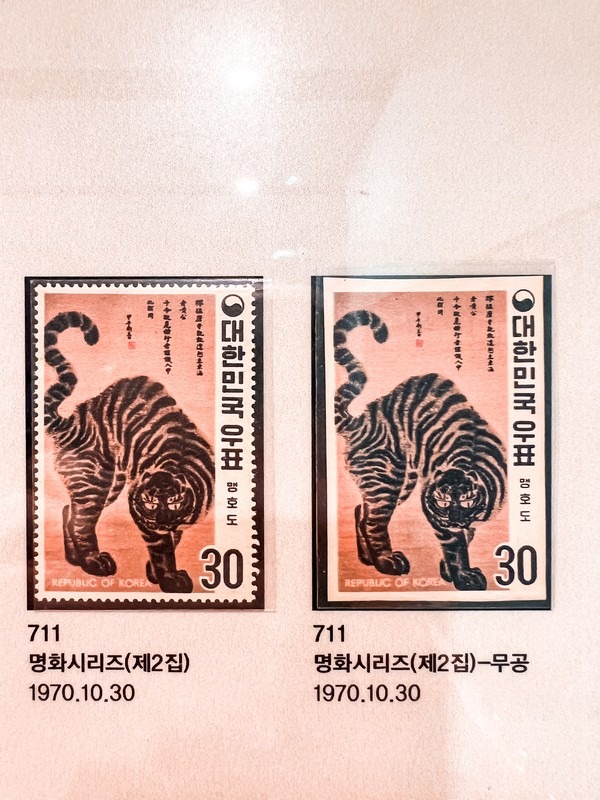
How to Write and Read a Korean Address (Step-by-Step)
Sender & Receiver Placement
- Sender info: Top left corner of the envelope or package.
- Receiver info: Center of the envelope/package.
Writing Order (New System Preferred)
- Recipient’s Name (surname first if Korean): e.g., 임완수 (Lim Wansu)
- District / City: e.g., 강남구 (Gangnam-gu)
- Street name & type: e.g., 선릉로190길 (Seolleung-ro 190-gil)
- Street/Building number: e.g., 114
- Floor & apartment: e.g., 6층 33호 (6th floor, Apt 33)
- Postal code (if mailing): e.g., 30174
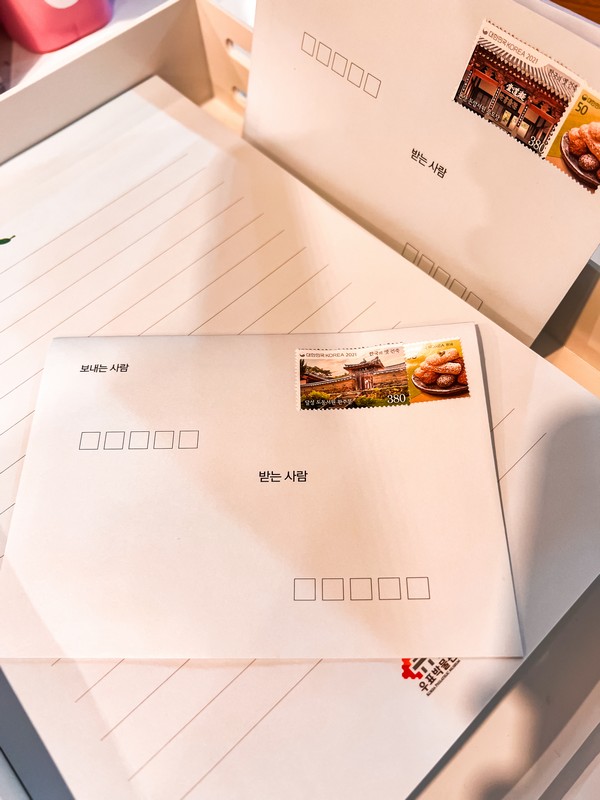
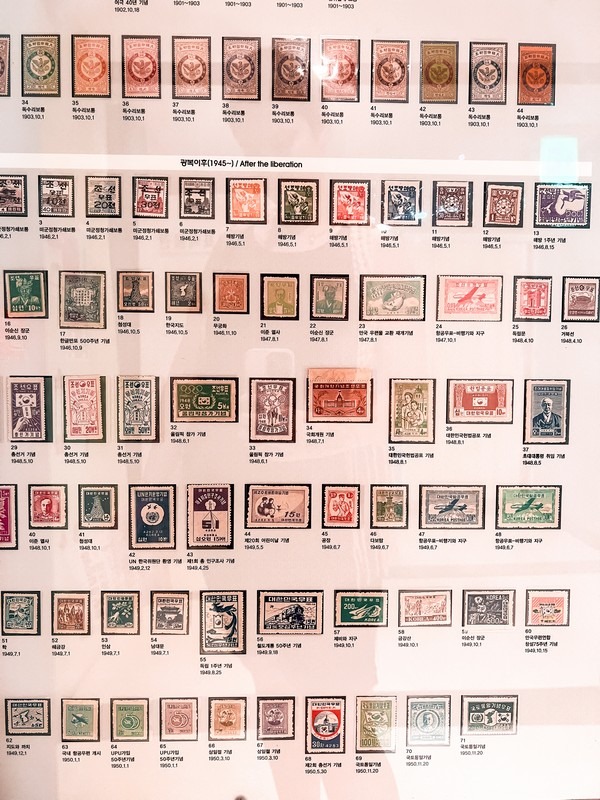
Example Addresses
Korean Format (New System):
대한민국, 서울특별시 종로구 사직로3길 23
102동 304호, 홍길동 귀하
30174
English Format:
To: Hong Gildong
102-dong, 304-ho, 23 Sajik-ro 3-gil, Jongno-gu,
Seoul, South Korea, 30174
Helpful Vocabulary for Mailing in Korea
| Korean | English |
|---|---|
| 우체국 (ucheguk) | Post Office |
| 보내는 사람 (bonaeneun saram) | Sender |
| 받는 사람 (batneun saram) | Recipient |
| 우편번호 (upyeon beonho) | Zip code |
| 우표 (upyo) | Stamp |
| 편지 (pyeonji) | Letter |
| 엽서 (yeopseo) | Postcard |
| 봉투 (bongtu) | Envelope |
| 집배원 (jipbaewon) | Mail carrier |
| 등기우편 (deunggi upyeon) | Registered mail |
| 광고성우편 (gwanggoseong upyeon) | Junk mail |
Common Korea Address Vocabulary
| Term | Meaning |
|---|---|
| 시 (si) | City |
| 도 (do) | Province |
| 구 (gu) | District |
| 동 (dong) | Neighborhood |
| 가 (ga) | Block |
| 로 (ro) | Road (medium) |
| 길 (gil) | Street (small) |
| 대로 (daero) | Boulevard (large) |
| 동 (dong) | Building block (in apartments) |
| 호 (ho) | Unit / Apartment Number |
| 층 (cheung) | Floor |
Bonus: Survival Phrases for Mail and Navigation
- This is my address: 이거 제 주소예요 (igeo je jusoyeyo)
- Can I have one stamp, please?: 우표 한 장 주세요 (upyo hanjang juseyo)
- Where’s the nearest post office?: 제일 가까운 우체국이 어디예요? (jeil gakkaun ucheguki eodiyeyo?)
- Please send it by airmail: 항공우편으로 보내 주세요 (hanggong upyeoneuro bonae juseyo)
- When will it arrive?: 언제 도착해요? (eonje dochakhaeyo?)
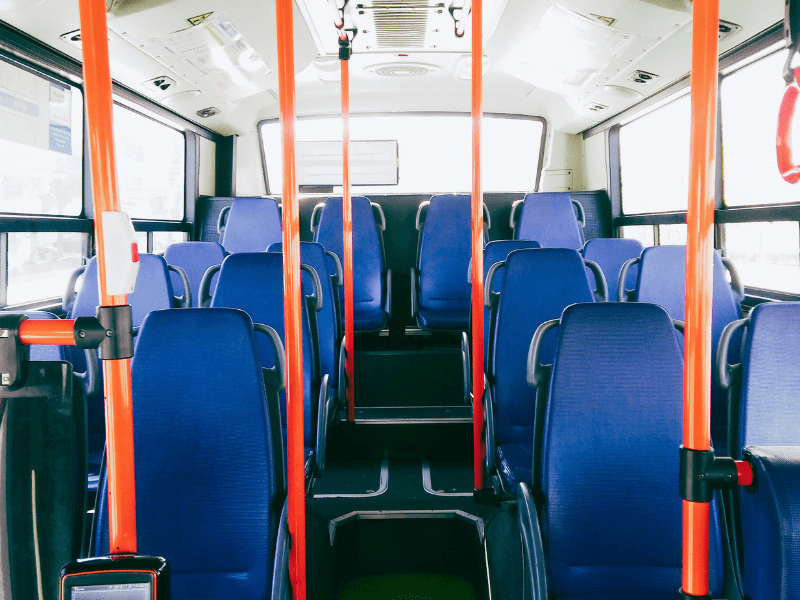
Tips for Navigating Addresses in Real Life
- Use Naver Map or Kakao Map. These are more accurate than Google Maps in Korea.
- Ask for landmarks, not addresses. Locals and taxi drivers still rely on known places like cafés, schools, or subway exits. It’s far easier to get somewhere to tell the taxi driver a local site to be dropped off rather than the specific address of a location.
- Use the official converter:
👉 http://eng.juso.go.kr/openEngPage.do
Understanding how Korean addresses work isn’t just about mail, it’s how you’ll register for things, call taxis, and even guide food delivery. Master the basics, and you’ll save time, confusion, and a whole lot of frustration.
Did you like this post? Pin iT!


One Comment
Korea Net
Good job! Would love to see it up on the Korea Blog too!